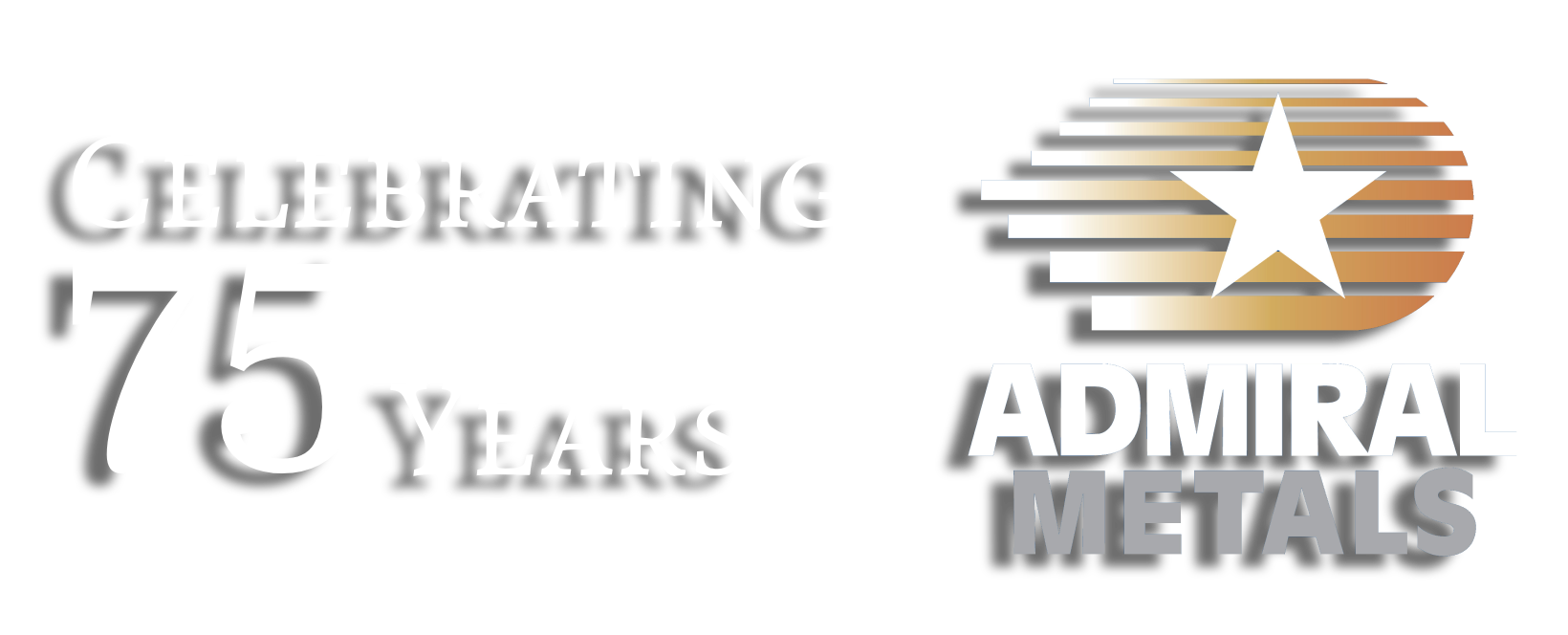![]() Newsletter PDF
Newsletter PDF
Hurricane season is upon us once again bringing with it concerns over the impact of another Superstorm like Hurricane Sandy. Many homes and businesses were damaged or destroyed during Sandy; for many, power could not be restored for several months. It raises the question: how vulnerable is the US power grid system? Is our antiquated patchwork of power generation, transmission and distribution facilities adequate in the face of severe weather or for that matter, to meet modern day demand?
Currently, there are 5,800 major power plants, and 450,000 miles of high-voltage overhead and underground transmission lines connecting available energy to homes and businesses. It is a one-way communications system whereby the grid transmits electricity from the power-producing plant to the end-user through a patched-together network. Meters are read and repaired by individuals who service millions of sites. Both the technology and the physical infrastructure are sorely in need of an upgrade. Otto Lynch, vice president of Power Line Systems says, “We’ve got poles rusting, we’ve got towers falling down, that we can’t take out of service. As new plants and sources of electricity come on line, and old ones are retired, the patchwork system becomes more problematic.” A recent report published by the American Society of Civil Engineers (ASCE) states that an annual investment of 11 billion dollars a year will be necessary or the cost of electrical service interruptions between now and 2020 may cost Americans 197 billion dollars. The group estimates a full system upgrade could cost up to 673 billion dollars.
The crumbling infrastructure is affecting the energy industry even in areas where significant advances have otherwise been made, such as green, environmentally responsible energy production. According to ASCE President Andy Herrmann, the nation’s power generation is “close to adequate.” The problem is that our current system is not built to efficiently store and transmit power from inconsistent and unreliable sources, like wind and solar. Grid operators are not yet capable of stockpiling renewable energy for later distribution.
Constructing a 21st century smarter electrical grid capable of meeting current and future needs will be an expansive, multi-faceted process. The US Department of Energy has a two-tiered solution. For the near term, build a smarter grid than we currently employ so that it functions better, more efficiently and delivers a level of service consistent with current Americans standards while having the least damaging effect on the environment. Longer term, the DOE hopes to employ a level of smart grid innovation that is so profound, it may change the way we live.
The first step, smart grid technology, is a computer-based, remote-control, automated delivery system allowing for two-way digital communications from an individual source or from many millions of sources, all managed from one central location. According to the Energy.gov website, “Each device on the network can be given sensors to gather data (power meters, voltage sensors, fault detectors, etc.), plus two-way digital communication between the device in the field and the utility’s network operations center.” The result is an electrical grid system that efficiently and securely serves our homes and businesses, is able to store power when there is excess, and can deliver power appropriate to demand.
Support for smart grid technology is coming from the legislature, industry and individuals, including energy conservationists. In December 2007, Congress passed and the President approved legislation in support for the Department of Energy’s smart national grid activities. In addition, the American Reinvestment and Recovery Act earmarked $4.5 billion for electricity delivery and energy reliability modernization. Last year, local and private funds accounted for more than $5 billion in smart grid and energy storage technologies. The California legislature is leading the way in innovation-related energy legislation. Large power companies there have been ordered to invest in technology to improve wind and solar power storage and distribution so that by 2024, the state will have stored enough green energy to light at least one million homes.
In spite of this behind-the-scenes progress, every time there is a weather-related outage, we are reminded that our electric grid system is fragile. A day without a charged iPhone can send most of us into a mild state of panic. As business owners, we understand how electric power is our lifeline. We’ll be looking forward to the brighter, more secure future that will come with a smarter grid.
Wishing you the very best in business,
What is the future of the workplace?
This last year and half have been filled with uncertainty whether you are a company owner or an employee working for someone else. During...




